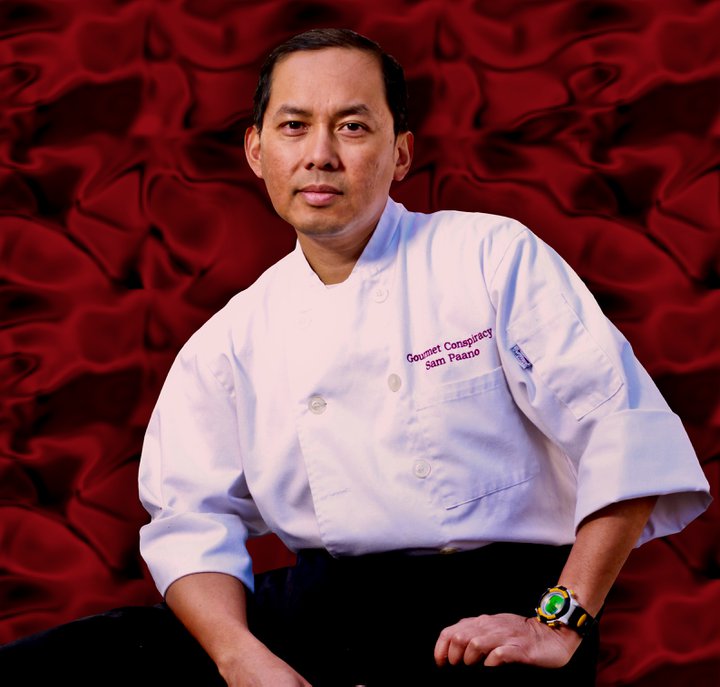Quinoa as a healthier alternative to rice
 |
| Pre-washed quinoa seeds ready for cooking. |
With the increasing awareness for eating healthy, many people are turning their focus to finding alternative ingredients that would provide them the most beneficial results from their everyday meals. One of these alternatives is the use of quinoa (pronounced “keen-wa”) in place of grains like rice.
- Pour the liquid and quinoa (and added seasonings if desired) in a small pot and bring to a boil.
- Reduce the heat to a low simmer, cover the pot, and continue to cook for 15 minutes.
- Remove from the heat and let stand covered for an additional 10 minutes; then fluff with a fork before serving.
Beware of bad poaching...
No doubt that you probably thought of someone scampering in the night out in the middle of a field trying to steal some livestock of some sort. Indeed with a name like Gourmet Conspiracy, the word poaching tends to have a sinister connotation. I refer, of course to the cooking method and yet even this meaning might bring about memories of negative dining experiences.
How can this be?! It is because there are poachers out there that can't tell the difference between poaching and boiling. If this is your idea of poaching, shame on you!
Poaching is a wet cooking method where the food is cooked in a gently simmering liquid other than oil. This method of cooking is typically reserved for delicate ingredients that might easily fall apart or dry out through other types of cooking methods. Ideal foods for poaching include fish, eggs, vegetables and fruits. Additionally lean meats, like chicken, can also benefit from this cooking method.
It is important to know that poaching is done using low heat with short cooking time (typically not to exceed 60 minutes). The temperature of the poaching liquid is ideally around 160-185°F (71-85°C) and should not come to a boil which is around 212°F (100°C). If the food is cooked in boiling poaching liquid, the blood proteins excretes from meats and produces a white goo around the meat. Although it's harmless, it might be unsightly for some eaters. The point is - the liquid should be simmering to gentle boil but not rapid boil.
What's in the liquid?
First of all, the poaching liquid is called court bouillon. Don't let your mind wander with the word bouillon. It's not about a greasy cube that you drop into water to make chicken soup...
Court bouillon is a French term for "briefly boiled liquid " and traditionally consists of water, salt, white wine, mirepoix, and flavored with bouquet garni.
Variations to the liquid may include milk, fish fumet, or broth as substitute to water, and vinegar or lemon juice as subtitute to the wine.
The poaching liquid lacks animal gelatin (unlike stock) and is also not typically added to the finished dish. Make sure that your poaching liquid have enough flavor to carry through to whatever you're poaching.
Egg Poaching
The poaching liquid for poaching eggs consists of water and vinegar. Here's a video from Rouxbe.com on the steps for poaching eggs. The only variation that I would make to the process here is to break the egg into a small bowl before adding to the water. This helps insure that the yolks wont break as you gently slide the egg from the bowl to the water, and you are able to easily extract chips of the egg shell from the bowl rather than hot water.
Fellow gourmet conspirators, poach to your heart's content and keep your eyes out for bad poachers!
Don't let yourself be Quacked!

Is there a rainbow on your plate?
Search
About Me

- Chef Sam Paano
- I am the co-owner and founder of Gourmet Conspiracy, a personal chef and catering service based in Lakewood, California. My objective here is to provide open communication about various types of food and their benefits towards our health. As far as my training, I graduated from Kitchen Academy in July 2007 with high honors. I have a great deal of passion about learning the cooking styles and techniques from various cultures and incorporating them in fusion dishes.
House Rules:
Rule #2: See rule #1.
Rule #3: No shirts - no shoes - no service!
If you have any objections to these rules, get out of my kitchen!


